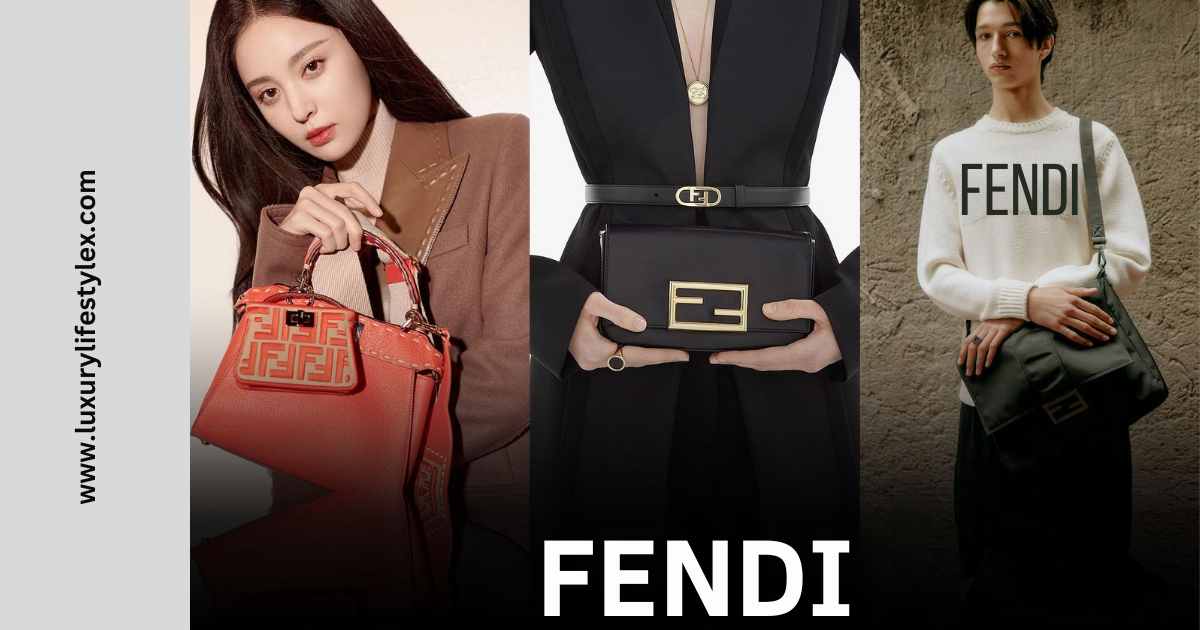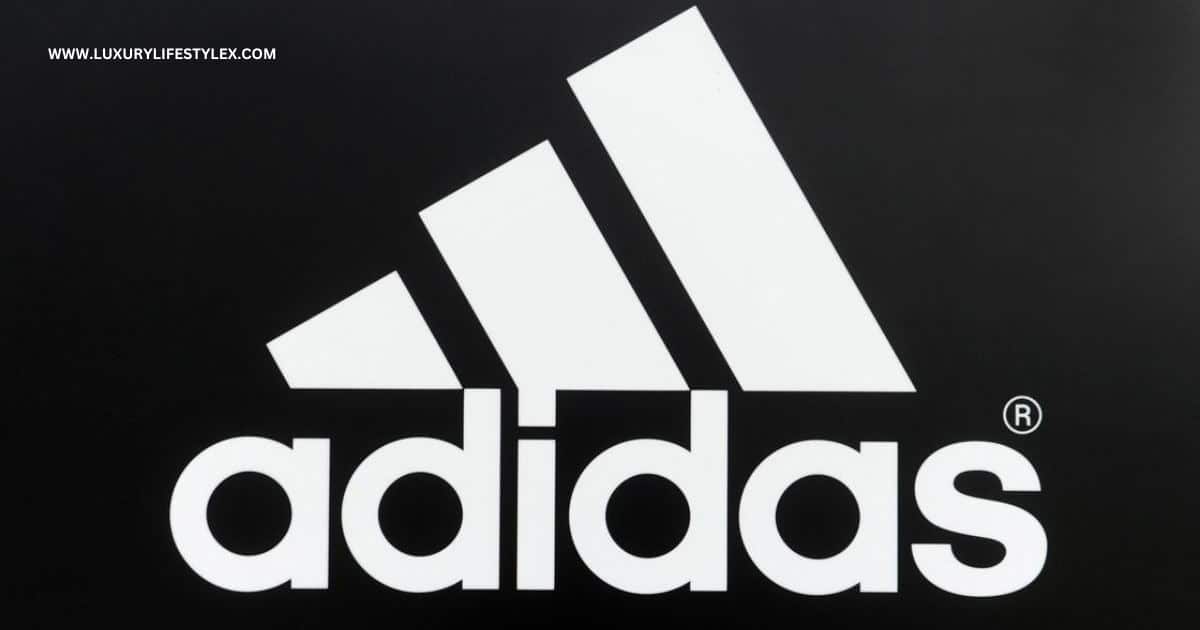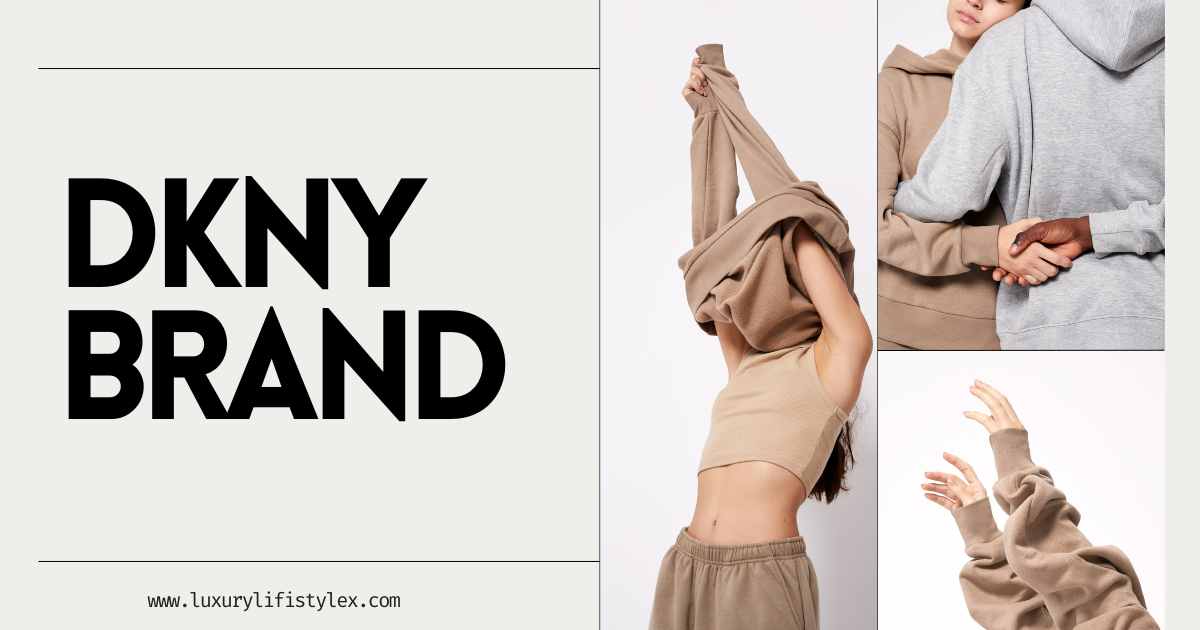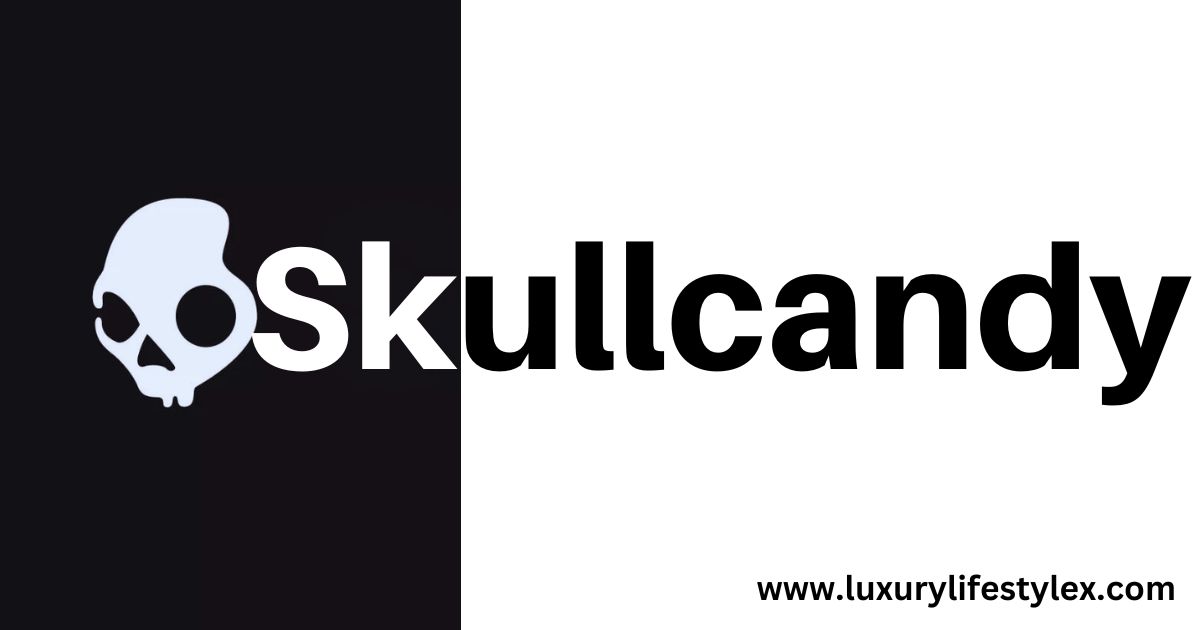Introduction
When pondering which brands epitomize luxury fashion, Fendi immediately springs to mind as a quintessential example. Fendi has become a symbol of luxury in the fashion world because of its fusion of fine Italian craftsmanship, avant-garde designs, and enduring sophistication. For those curious about the Fendi owner, this article will delve into the rich tapestry of Fendi’s past and reveal the intriguing details of who owns Fendi, solidifying its status as a top-tier Fendi Italian luxury brand.
The Founding of Fendi
The Fendi founders, Adele and Edoardo Fendi, set the stage for an illustrious Fendi history when they inaugurated a modest fur and leather shop in Rome in 1925. Their enthusiasm for excellence and discerning design sensibility earned them acclaim for their superior craftsmanship. The seeds of a fashion dynasty were sown through their meticulous work, and the Fendi boutique soon drew an upscale clientele, including Italian nobility, who were drawn to the brand’s luxurious fur offerings.
Responding to the growing appetite for their sumptuous fur garments, the Fendi couple broadened their venture, creating original designs. Their pioneering spirit in fur, marrying age-old artisanal techniques with contemporary practices, distinguished them from their contemporaries. This dedication to innovation and uniqueness would become a signature trait of the Fendi brand, cementing its origin and reputation as a Fendi made-in-Italy label.
Fendi’s Growth and Expansion
The 1950s saw the Fendi daughters—Paola, Anna, Franca, Carla, and Alda—join the family enterprise, infusing it with new ideas and dynamism. Their leadership steered Fendi towards diversification, broadening its offerings beyond fur. The sisters were instrumental in introducing handbags, shoes, and Fendi ready-to-wear collections, further solidifying Fendi’s position as a comprehensive luxury fashion brand and marking a significant phase in Fendi’s expansion.
A pivotal moment in Fendi’s evolution occurred in 1965 with the arrival of Karl Lagerfeld as the creative director. Lagerfeld’s ingenious flair and groundbreaking designs thrust Fendi into the global limelight. His introduction of the now-iconic ‘FF’ Fendi logo, an acronym for ‘Fun Fur,’ transformed the fashion industry’s perception of fur. This audacious initiative reinforced Fendi’s image as a brand, unafraid to redefine norms and set trends, much like the Fendi baguette did for handbags.
Key Figures in Fendi’s History
Fendi’s legacy includes collaborations with illustrious designers and visionaries who have significantly influenced the brand. Beyond Karl Lagerfeld, Silvia Venturini Fendi, a progeny of the Fendi lineage, has been pivotal in defining the brand’s style. As the creative director for accessories and Fendi menswear, Silvia introduced groundbreaking designs that captivated a contemporary audience, underscoring the brand’s Fendi creative direction.
A notable figure in Fendi’s narrative is Bernard Arnault, the esteemed chairman and CEO of LVMH Moët Hennessy Louis Vuitton, the renowned luxury goods conglomerate. Arnault saw the untapped potential in Fendi and its distinctive place in the luxury market. 2001 marked a turning point when LVMH secured a controlling interest in Fendi, ushering in a transformative era for the brand, now a jewel in the Fendi LVMH portfolio.
Fendi’s Iconic Designs and Collaborations
Fendi’s success can be attributed to its exceptional craftsmanship and its ability to engage in strategic Fendi collaborations with visionaries from various creative fields. These Fendi collaborations have resulted in iconic designs that have become synonymous with the brand’s aesthetic.
One of the most notable Fendi collaborations in the brand’s history is the partnership with artist and designer Karl Lagerfeld. Together, they created the iconic Fendi Baguette, a small, rectangular shoulder bag that became a must-have accessory for fashion-conscious women worldwide. The Fendi Baguette’s success catapulted the brand into the mainstream, solidifying its position as a global fashion powerhouse.
Fendi’s Ownership Changes Over the Years
As Fendi’s reputation grew, so did the interest from investors. In 1999, Prada Group acquired a 51% stake in Fendi, signalling a new era for the brand. However, Prada’s ownership was short-lived, as LVMH acquired a majority stake in the Fendi acquisition just two years later. LVMH’s acquisition allowed Fendi to tap into the conglomerate’s vast resources and global reach, opening up new expansion opportunities.
There have been further changes in Fendi’s ownership structure in recent years. In 2020, LVMH announced that it had agreed with the Fendi family to acquire the remaining stake in the brand, making it a fully-owned subsidiary of LVMH. This move solidifies LVMH’s commitment to nurturing and growing the Fendi ownership, ensuring its long-term success.
Fendi’s Current Ownership and Structure
Currently, Fendi is owned by LVMH, the world’s largest luxury goods conglomerate. LVMH’s vast portfolio includes other prestigious fashion brands such as Louis Vuitton, Dior, Givenchy, and Celine. Fendi operates as an independent entity within the LVMH group, allowing it to maintain its unique identity and creative autonomy as a luxury conglomerate.
Fendi’s Impact on the Fashion Industry
Fendi’s influence on the fashion industry cannot be overstated. The brand’s innovative designs, craftsmanship, and commitment to pushing boundaries have inspired countless designers and shaped how we perceive luxury fashion. Fendi’s fur creations, in particular, have redefined the possibilities of working with this controversial material, sparking conversations about Fendi’s sustainability and ethical practices in the industry, known as Fendi’s ethical fashion.
Fendi’s Future Prospects and Innovations
Looking ahead, Fendi shows no signs of slowing down. Under the creative direction of Silvia Venturini Fendi, the brand continues to innovate and captivate fashion enthusiasts with its unique designs. Embracing Fendi’s digital marketing and e-commerce, Fendi has expanded its reach to a global audience and adapted to the ever-changing landscape of the fashion industry.
In recent years, Fendi has also made strides towards sustainability, incorporating environmentally friendly practices into its production processes. The brand has pledged to reduce its environmental impact and promote responsible sourcing of materials, further solidifying its commitment to ethical fashion and Fendi sustainability.
Conclusion
In conclusion, Fendi’s journey from a tiny fur shop in Rome to a global luxury fashion brand is a testament to the vision and dedication of the Fendi family. Through its relentless pursuit of excellence and collaboration with creative geniuses like Karl Lagerfeld, Fendi has established itself as an icon in the fashion industry, embodying Fendi luxury and a rich Fendi history.
While the brand has changed ownership, its spirit and commitment to fendi craftsmanship remain unchanged. Today, Fendi continues to push boundaries, redefine luxury, and inspire a new generation of fashion enthusiasts with its Fendi innovation. As we admire Fendi’s designs’ timeless elegance and innovation, let us not forget the Fendi legacy and the people behind this extraordinary brand.
FAQs
Q1:- What is the history behind the Fendi brand?
A1:- Fendi is an Italian luxury fashion house established in 1925 by Adele and Edoardo Fendi as a fur and leather shop in Rome, Italy. Over the years, it has evolved into a global fashion powerhouse known for its high-quality craftsmanship and innovative designs.
Q2:- What are some iconic products or designs associated with Fendi?
A2:- Fendi is renowned for its iconic Baguette bag, introduced in 1997, which became a symbol of luxury and style in the late 1990s and early 2000s. The brand’s FF logo, created by Karl Lagerfeld in 1965, has also become synonymous with Fendi’s luxury status.
Q3:- How has Fendi contributed to the fashion industry?
A3:- Fendi has made significant contributions to the fashion industry through its pioneering use of fur in haute couture and ready-to-wear collections and its collaborations with renowned designers and artists, such as Karl Lagerfeld and Silvia Venturini Fendi.
Q4:- What is Fendi’s approach to sustainability and ethical practices?
A4:- Fendi is committed to sustainability and ethical practices across its supply chain, implementing measures to reduce environmental impact and ensure fair treatment of workers. The brand focuses on sourcing materials responsibly and implementing eco-friendly production processes.
Q5:- Where can I find Fendi products?
A5:- Fendi products are available worldwide through its boutiques, department stores, and authorized retailers network. Additionally, the brand offers online shopping options through its official website, providing customers access to its latest collections and exclusive offerings.











